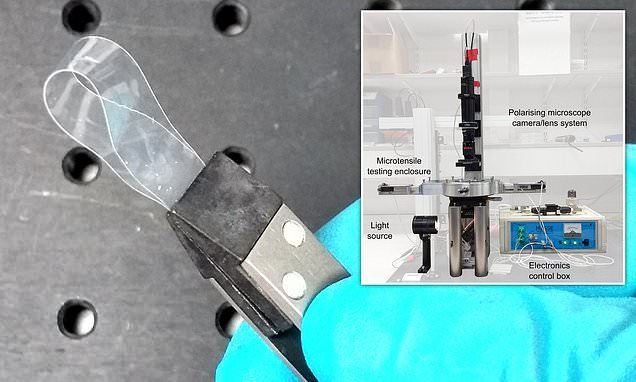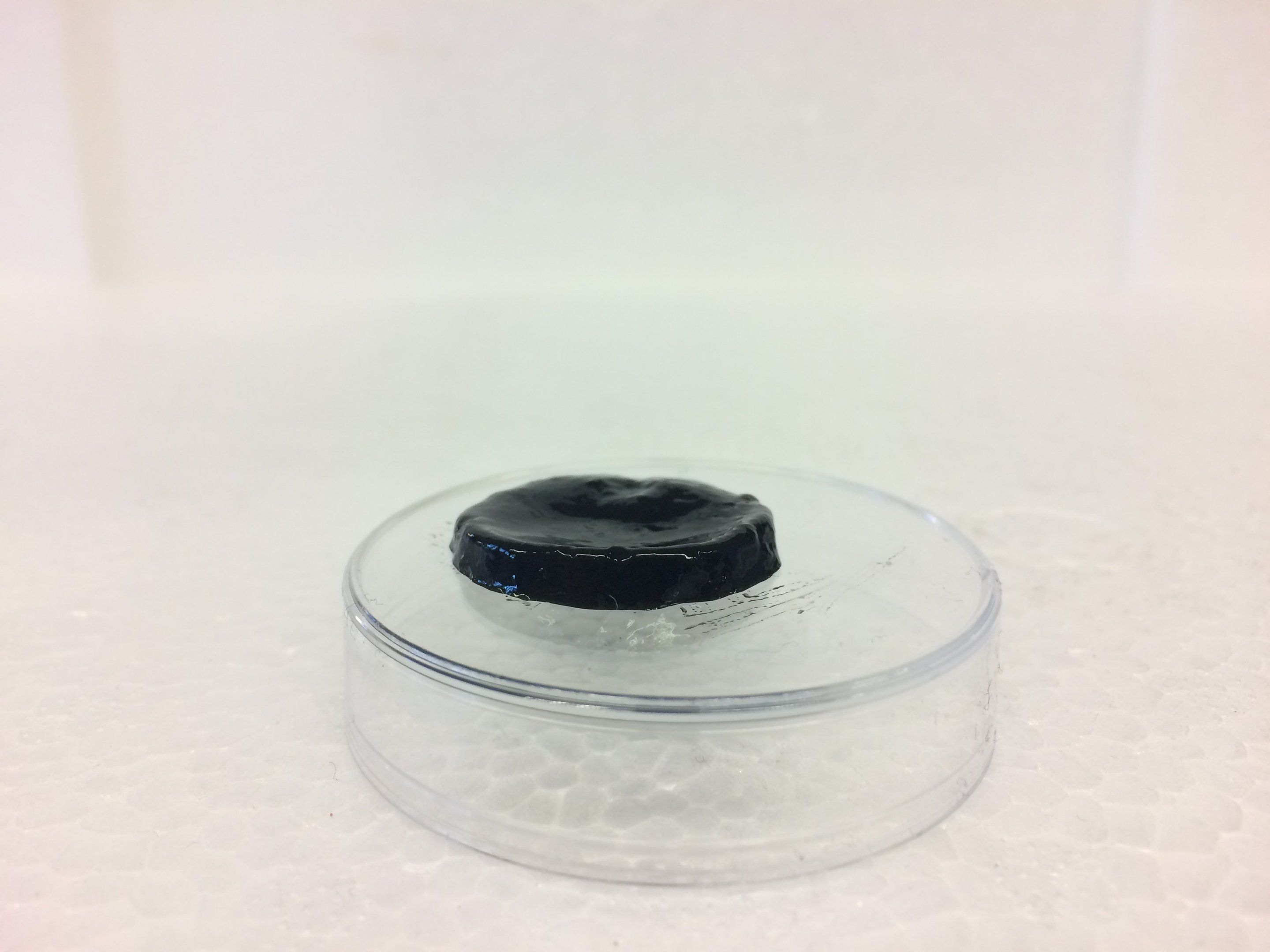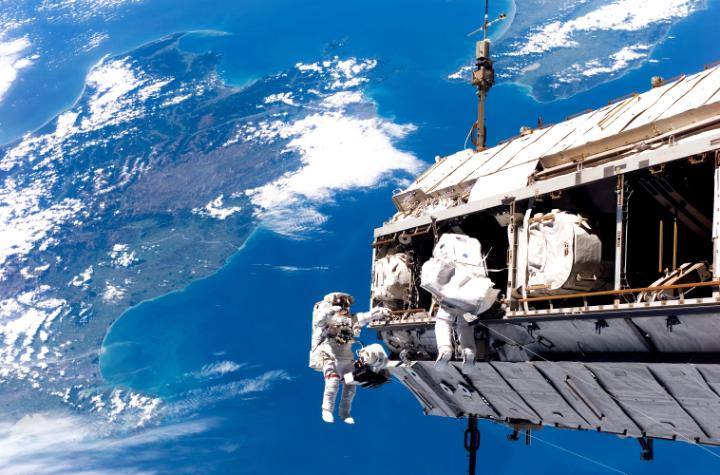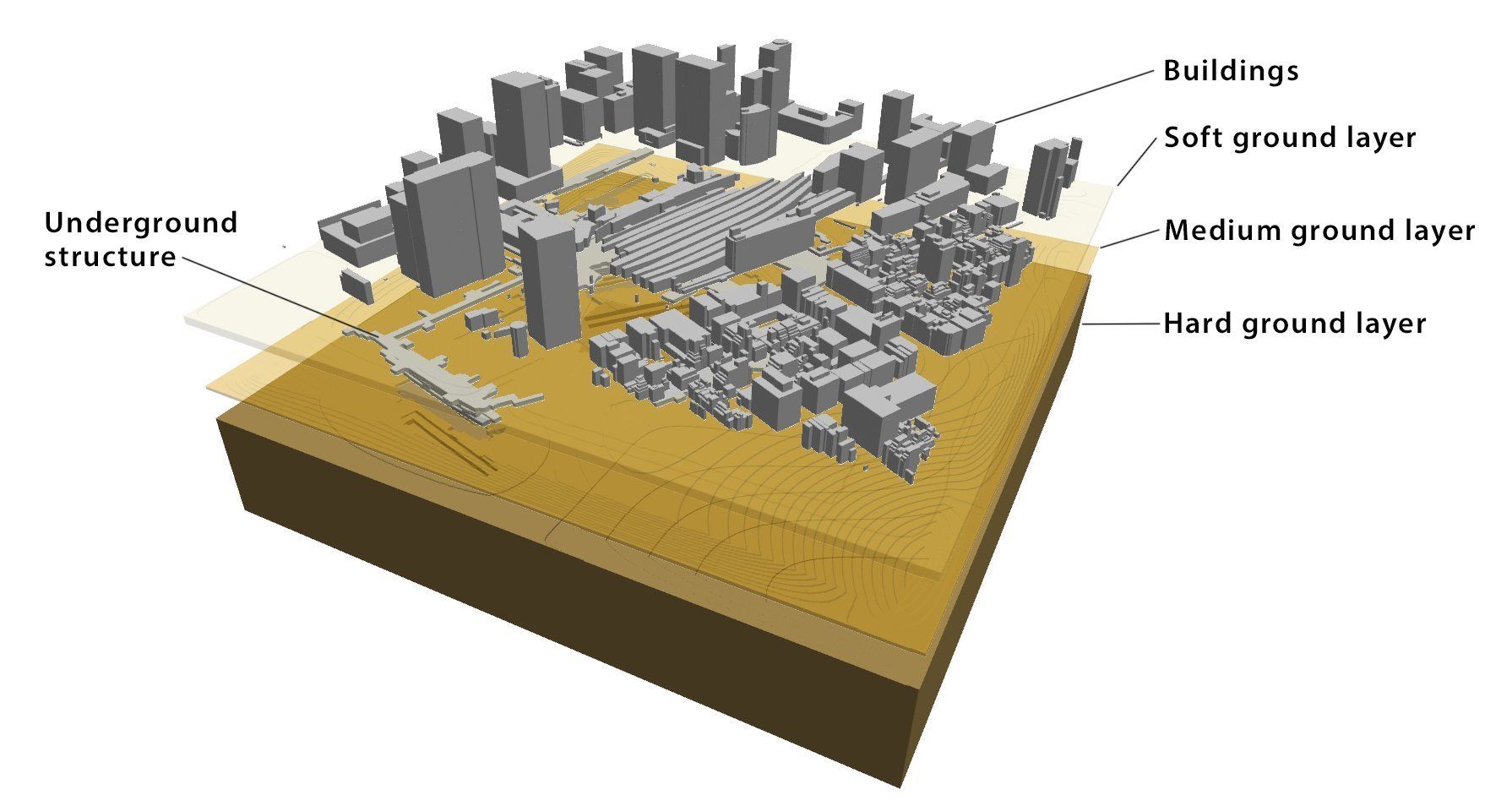Dec 4, 2018
Scientists create ‘liquid crystal’ that gets THICKER when stretched
Posted by Genevieve Klien in categories: 3D printing, engineering
The discovery by researchers at the University of Leeds marks a major breakthrough which has eluded material scientists for more than 30 years.
The ‘auxetic’ stretching property, which is found in human tendons and cat skin, had only been recreated using conventional materials.
Continue reading “Scientists create ‘liquid crystal’ that gets THICKER when stretched” »

















